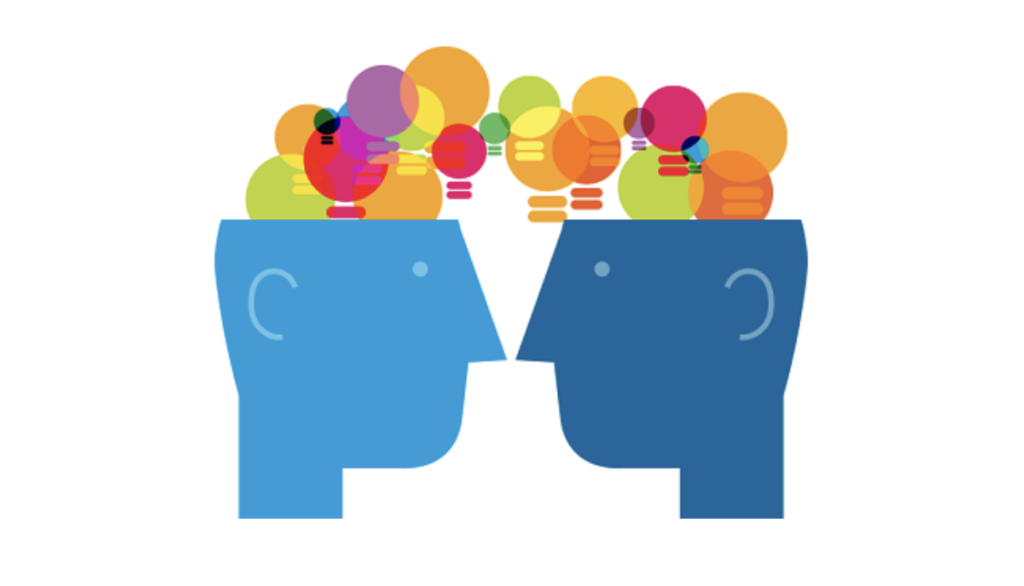Social and Emotional Learning approaches provide a foundation for the classroom environment that are both safe and positive for learning, as well as enhancing students’ ability to succeed in school, careers, and life. School is one of the main places where students learn social and emotional skills. Educators daily serve students with different Social Emotional Learning techniques when engaging in learning, behaving positively, performing academically, and deepening their relationships. Now more than ever, educators need to support their students through social-emotional supports.
What can educators do to support teenagers in getting through these difficult times of being quarantined and learning online?
Based on Durlak et al., 2015, an effective SEL program incorporates the acronym SAFE: Sequenced: connected and coordinated sets of activities to foster skills development; Active: forms of learning to help students master new skills by participating; Focused: emphasis on developing personal and social skills; and Explicit: targeting specific social and emotional skills. Some of the top ways to incorporate SEL techniques within an educator’s new virtual instructional continuity plans are to be intentional. Being intentional is extremely hard when changing an entire way of teaching in the classroom to online, but extremely important.

Remember this is not a hurricane day. It is not a holiday break. It is a quarantine.
Much of the following comes from CASEL’s Playbook. The areas of focus daily within virtual lessons are Getting Started & LessonPlanning, Welcoming Ritual, Explicit SEL Lesson and Engaging Practices/Activities, and Optimistic Closure/Message.
Getting Started & Lesson Planning: The educator needs to be systematic when introducing students to their new virtual classroom and lessons. Educators not only need to explain to students how to use different features in their virtual classroom, but also set expectations with students in all resources that will be used. Lesson plans must include the social or personal skill underlying their content taught. The teacher modeling everything helps teenagers see how things should be done.
Welcoming Ritual: Every new day and meeting a welcoming ritual should be the opening. Welcoming rituals help the students and teacher to get to know each other (builds relationships), establish safety and predictability, and creates a sense of belonging by allowing people to connect right off the bat. Virtual Welcoming Rituals can be done through the chatbox or by unmuting the microphone and having participants share verbally.
Explicit SEL Lesson and Engaging Practices/Activities: Explicit instruction teaches a specific SEL Skill, provides an opportunity to practice and apply the SEL Skill, and reinforces self-reflection. Engaging practices are brain-compatible strategies that foster relationships, cultural responsiveness, empowerment and collaboration, intentionally build opportunities for brain breaks that provide space for integrating new information and long-term memory, and foster active and engaged participation to support teenagers with making their meaning of the content.
Optimistic Closure/Message: These closure messages provide positive closure to the virtual class lesson, reinforce what students learned, and creates momentum towards taking action in positive ways. These can include reflection questions on how the group functioned, reflection questions for students to make connections to their own lives’ and experiences, or an inspirational word/phrase based on the message the teacher is incorporating.
One can only hope that every person quarantined is aware and positively working on their social-emotional capacity. Being quarantined is hard for adults to understand, let alone children. Our teenagers have it the hardest as they are missing out on memories they have been told about their whole lives, such as prom, graduation, and just the practice of being in class with their peers. Educators need to ensure that we are supporting our teenagers and incorporating SEL supports within their virtual classroom.

More SEL Resources:
Podcast: How to Handle Coronavirus Anxiety | Special Edition
Handbook of Social and Emotional Learning Research and Practice
References
Collaborative for Academic, Social, and Emotional Learning. (2015). 2015 CASEL guide: Effective social and emotional learning programs—Middle and high school edition. Retrieved from http://secondaryguide.casel.org/
Durlak, J. A. (Ed.). (2015). Handbook of social and emotional learning: Research and practice. Guilford Publications. Retrieved from https://books.google.com/books?hl=en&lr=&id=gBPpCQAAQBAJ&oi=fnd&pg=PP1&dq=andbook+of+Social+and+Emotional+Learning+Research+and+Practice&ots=AW6jK2Pvgd&sig=C
